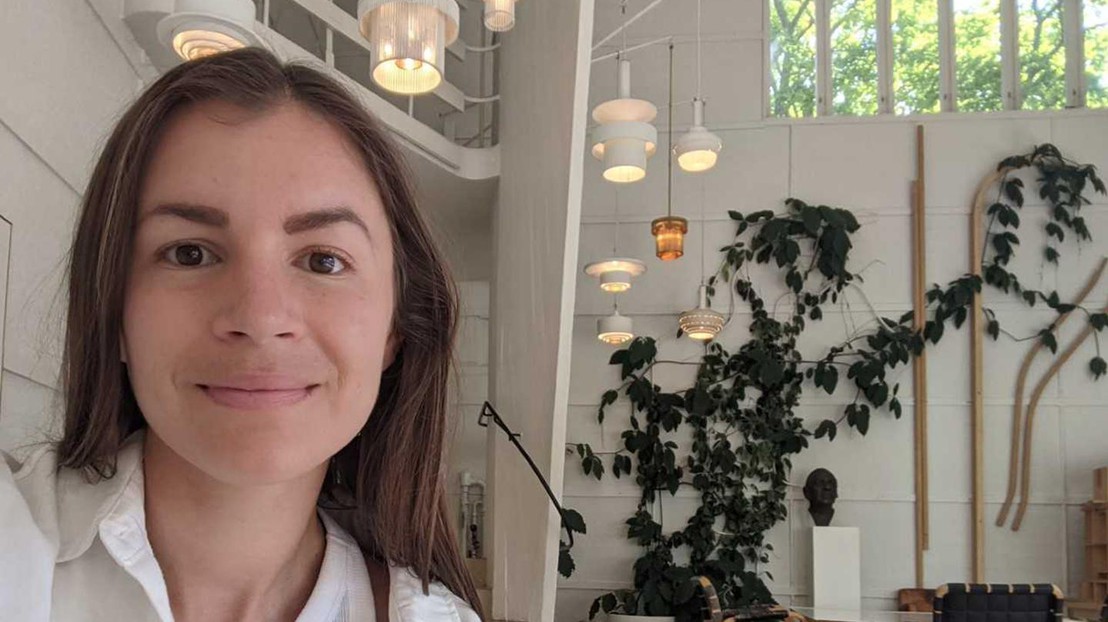Sandra Dedesko joined HOBEL as a new PostDoc

© 2025 EPFL
Dr. Sandra Dedesko joined the HOBEL lab as a postdoc in March 2025. Welcome, Sandra!
Sandra shares her experiences, first impressions, and plans as she joins EPFL and the Human-Oriented Built Environment Lab. Let's see what she shares.
You just arrived at the EPFL Fribourg - what are your first impressions?
Moving countries is always hard, so I’m especially grateful for the warm welcome I’ve received here from the HOBEL team at EPFL Fribourg. As everyone told me, the city i very small, but so far it’s livelier than I expected and very beautiful. Having only lived in big cities in Canada, the United States of America, and Australia, I’m curious to see how I find living in a smaller, quieter community.
Can you tell us more about your career in academia?
My research career started in the department of Civil Engineering at the University of Toronto with a focus on building science, indoor air quality, and indoor microbial communities. After my Master’s degree, I left academia to work in sustainable design and really wanted to incorporate research on healthy building strategies into my professional work. While trying to achieve this, I found myself interacting more and more with groups from public health and felt impelled to gain formal training in the field to better incorporate health into my future work. This led me to pursue my PhD in the Healthy Buildings team in the department of Environmental Health at the Harvard T.H. Chan School of Public Health. During my four-year program, I gained formal training in public health fundamentals, took additional design courses in MIT’s building technology program, and focused my research on the link between buildings and cognitive performance. I’m really excited by everything I’ve learned, and going forward, I plan to combine methods from both engineering and public health for healthier and more sustainable built environments.
What are you most excited about your appointment at the Human-Oriented Built Environment Lab?
I’m really excited to make new connections here at EPFL and utilize the team’s impressive equipment, particularly the climate chamber. I’m also very excited by the research flexibility and feel this is an amazing opportunity to conduct research at the intersection of engineering and public health.
What will your research focus on over the coming year?
To start, I’ll be working on a modelling study that examines the impacts of lower carbon cooling strategies on indoor environmental conditions, health outcomes, and energy and climate impacts. This research aligns with my broader goal of discovering how certain indoor variables, such as moisture, can be used to improve health while reducing energy and environmental impacts.
What inspires you about the built environment of the future and its research schemes?
Buildings are a key problem and solution to the climate and human health challenges we face. It’s very exciting and rewarding to focus on research that has direct translation to practice and positive impact on these pressing issues. I’m also very encouraged by the growth in transdisciplinary research and the use of more advanced statistical methods and feel this is important to help assess more holistic built environment solutions.
Whenever you are not doing research, what are you interested in?
Typically sports! Tennis was my main competitive sport, but I also really enjoy distance running and skiing (downhill, classic XC, and skate ski) and I will probably focus more on these here. I’ve already gone on my first run through a cave here! Outdoor sports was a big draw for me to move here, along with becoming more proficient in French and possibly German, which I’m now also spending time on.